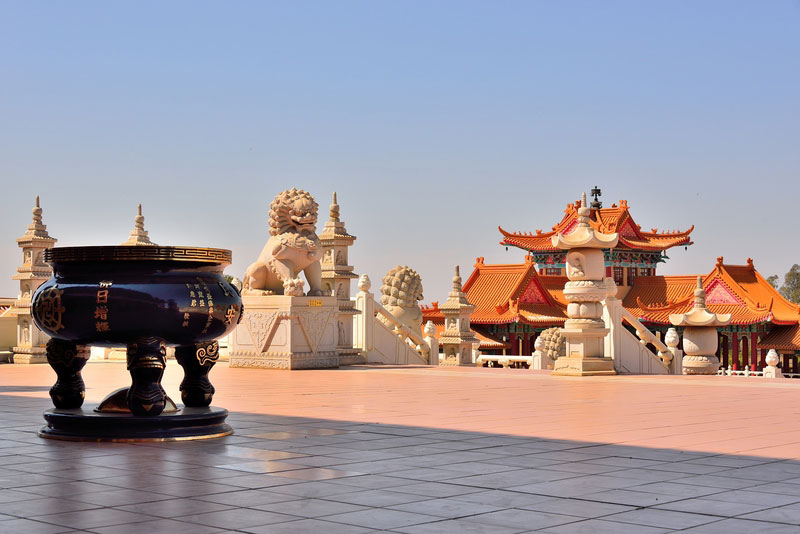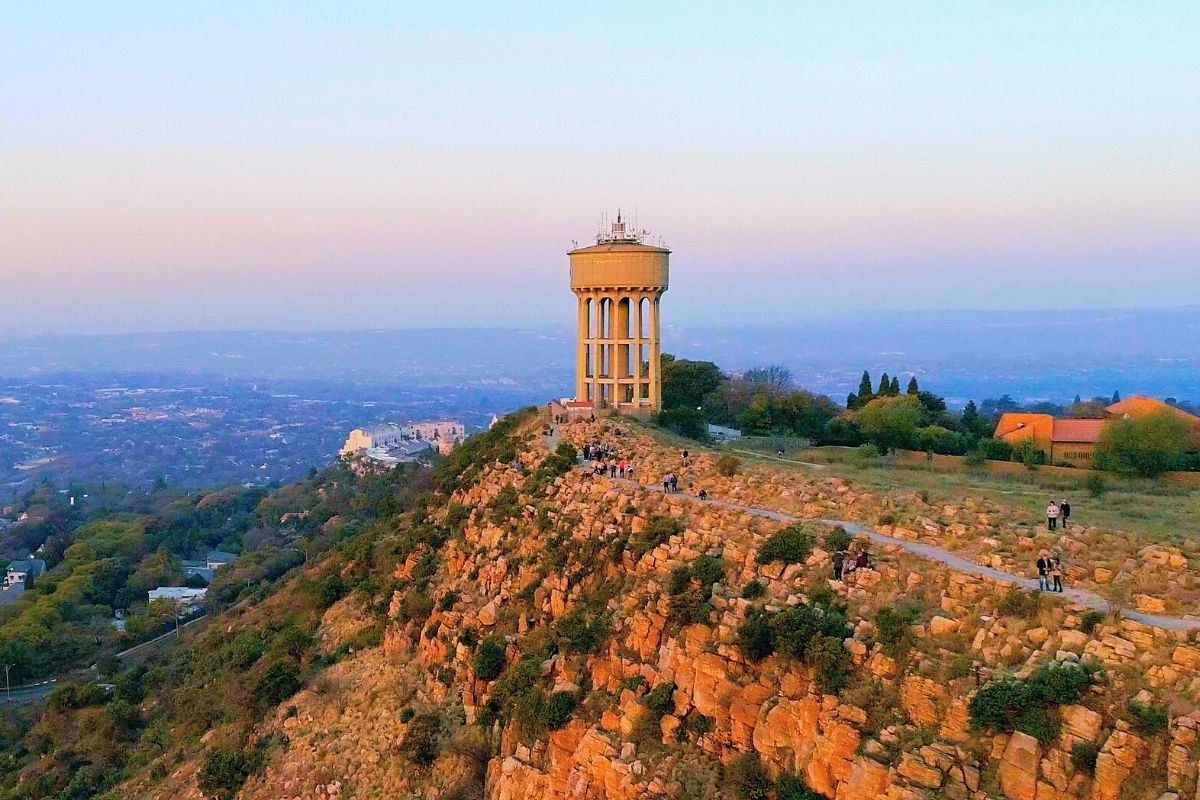Not known Details About Johannesburg North Attractions
Not known Details About Johannesburg North Attractions
Blog Article
How Johannesburg North Attractions can Save You Time, Stress, and Money.
Table of ContentsThe Buzz on Johannesburg North AttractionsThe Only Guide to Johannesburg North Attractions10 Easy Facts About Johannesburg North Attractions DescribedThe Only Guide for Johannesburg North AttractionsOur Johannesburg North Attractions PDFsSome Known Details About Johannesburg North Attractions Excitement About Johannesburg North Attractions
Nevertheless you must maintain protection in mind and travelers must continue to be sharp at all times when in unfamiliar environments. Talk to the locals when you are in community to discover the area you are remaining in. Johannesburg North attractions. When on the street (this does not put on shopping center and other protected settings) best general guidance is to attempt your ideal to resemble a regional and to stay clear of displaying any type of form of riches
9 Easy Facts About Johannesburg North Attractions Described
Teacher Revil Mason O. J. (Thomson, 1946) checked out the Witwatersrand's pre-colonial background. His historical job exploded the 'em pty land' misconception, according to which the area was empty of human habitation prior to the arrival of European inhabitants. In his publications Prehistory of the Transvaal: A Record of Human Task (1962) and Origins of Black People of Johannesburg and the Southern Western Central Transvaal Advertisement 3501880 (1986 ), Teacher Mason demonstrated the degree of social and economic development in the location before Europeans set foot here.

An Unbiased View of Johannesburg North Attractions
He showed the federal government's authorization, granted after he had promised to keep his explorations key. In 1874, small mining operations were started in the Magaliesberg, where an Australian, Henry Lewis, had uncovered gold deposits. In 1878, David Wardrop discovered gold in quartz blood vessels at Zwartkop, north of Krugersdorp. In 1881, Stephanus Minnaar came throughout gold on the ranch Kromdraai, near the Cradle of Humankind.
In March 1886, a protrusion (soon to be called the Key Reef) was discovered, fairly fortuitously, on Gerhardus Oosthuizen's ranch Langlaagte. Some claim that the Lancastrian coal miner George Walker discovered this coral reef. One more itinerant English prospector, George Harrison (that had formerly functioned in Australian mines) obtained a prospecting licence in respect of Langlaagte in Might 1886.
He determined to move on in a pursuit for greener fields, and disposed of his Langlaagte case for the handsome sum of 10. Alas: below lay the richest goldfield ever found. The exploration of this rich auriferous reef provoked a gold thrill that signalled the end of agrarian serenity in the southern Transvaal.
It would, within 6 years, come to be the biggest town in southerly Africa. Within a years, it would make the Z. A. R. until then an anarchical and insolvent little state the wealthiest nation in Africa. By the turn of the century, the Z. A. R. was to exceed Russia, Australia and the USA of America to end up being the world's leading gold producer, creating even more than a quarter of the world's gold.
All about Johannesburg North Attractions
It was called Ferreira's Camp, named after Colonel Ignatius Ferreira. He was a Boer traveler upon whom the British authorities had bestowed the status of Buddy of the A Lot Of Distinguished Order of St Michael and St George (entitling him to the post-nominal letters C. M. G.) in thankfulness for his duty in the battle that had deposed the Pedi king Sekhukhune in 1879.
Quickly the camp was brimming with camping tents and wagons as novices showed up daily from everywhere. By September 1886, some 400 individuals stayed in Ferreira's Camp, which soon boasted built iron and hardwood structures. Two various other camps were established: Meyer's Camp on the farm Doornfontein, and Paarl Camp. The latter was nicknamed Afrikander Camp; many individuals from the Cape Nest cleared up there.

Little Known Questions About Johannesburg North Attractions.
This name obtained currency by word of mouth, such that the State Secretary verified the name to the Mining Commissioner on 9 October 1886. Stands in the village were auctioned on 8 December 1886. While some stands were cost 10, others were torn down for just sixpence.
Two years later, these erven were to transform hands for as much as 750 each. The tented camps decreased as a find more dorp of corrugated iron structures established and expanded north of the mines located along the Main Reef Road. Areas such as Jeppe's Town (where working-class immigrants erected their homes) and Doornfontein (where the wealthy new 'Randlords' began to create their opulent homes) were soon contributed to the ever-expanding map of the town.
Unknown Facts About Johannesburg North Attractions
Apart from the road names, there were no indications of Johannesburg being situated in a Dutch-speaking nation., almost every person talked English and even the Federal government slaves dealt with one in English, unless they were first addressed in the Taal (or Reduced Dutch)'.
Therefore, Britain why not try this out had an interest in guaranteeing optimal conditions for gold production on the Witwatersrand, which the gold was exported to London instead of Berlin an essential provided even more clamant by the Z. A. R - Johannesburg North attractions.'s boosting toenadering with Germany. Mine proprietors were on a clash with President Kruger, whose plan of monopolistic giving ins (typically approved to his cronies) avoided mining companies from obtaining products of materials (specifically dynamite) and labour by themselves, less expensive terms
Examine This Report on Johannesburg North Attractions
In 1890, the Volksraad had actually limited the franchise to white males who had resided in the Z. A. R. for fourteen years or longer, thus disqualifying most of the immigrants (who occurred to be the major contributors to the fiscus). Anxiety for the vote was a mere pretense for advertising a different program; most uitlanders regarded themselves as short-term visitors and had no intention of continuing to be in the Z.
Report this page